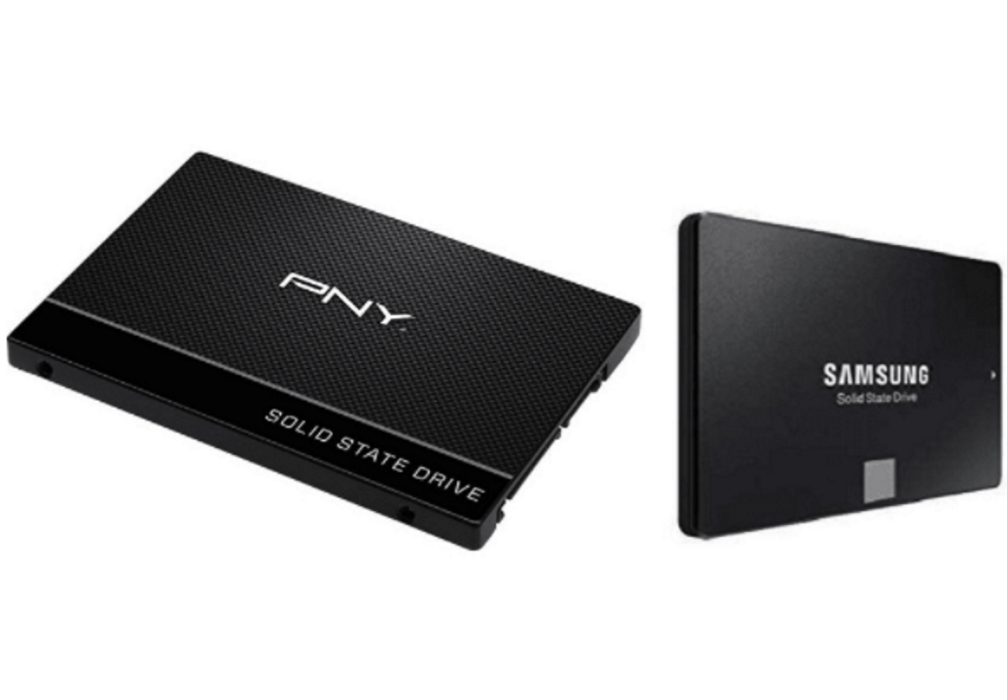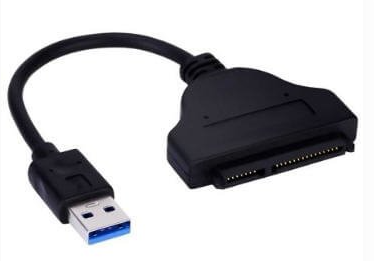If you’re still using a traditional hard drive disk on your PC, you’re missing out on the speed and seamless performance of SSD. Yes! SSD’s are clearly a better companion for your computer especially if you run large applications regularly or use it for work.
Solid-State Drive (SSD) is one of the most effective upgrades you’ll make in terms of speeding up your computer. SSD will help your computer boot faster, all your programs will launch instantly, and comes in handy for better gaming as well.
However, migrating from HDD to SSD is not a cakewalk, the process involves reinstalling Windows in a traditional method. In this article, you’ll find various ways to move HDD to SSD without having to reinstall Windows.
Before you migrate to SSD
Firstly, you need to purchase an SSD card that fits perfectly with your computer since some laptops might have 2.5-inch drives and others use M.2 drives or mSATA drives. Also, you should purchase an SSD that has a larger or equal size than your current hard drive to accommodate all your present data and any future data as well.
Now, we would like to introduce you to two ways to make the transfer from HDD to SDD in Windows versions 2010,2008, and 2007.
How to Move Hard Drive to Solid-State Drive using Copy and Paste?
When you want to transfer data from HDD to SSD drive, most people might think about the traditional way for moving data using the “copy & paste” method between two drives.
To move data, you have to right-click on the files you would like to move and choose the “Copy” or “Cut” option. Head to your SSD partition and right-click on a blank space and “Paste” the copied data there.
Although this seems like a simple way for moving data to SSD, this works well when you have less amount of data to be transferred. What if you want to transfer a large amount of data? Or if you want to move files that are in different directories of one partition?
Moreover, when you Copy and Paste some copied system files or program files cannot work as they did before. Which is exactly why we have got another method to transfer a huge chunk of data from HDD to SSD drive while still preserving the setting and the current state of your computer. Read the next section to know more..
How to Move HDD to SSD without Reinstalling Windows?
To proceed with this method there are several factors you need to consider as you might have to use third-party tools to migrate or clone data from HDD to SDD.
- You need to take a backup of your hard disk drive before you head to transfer data to SSD to make sure you don’t lose any crucial data while making the transfer.
- Connect the SSD drive to a Windows computer and make sure it gets detected successfully.
- If your laptop has room for only one drive, then you might need a SATA-to-USB adapter.
- Back up everything on an SSD drive, since all the data on the drive will be deleted while cloning HDD and SSD.
- Delete unnecessary data or files from the hard drive to make proper space to fit into the new SSD.
After all the prep, now let’s dig into how you can migrate HDD to SSD without having to reinstall windows.
Step 1: Find a reliable data cloning software that is readily available in the market and unfortunately, there’s no free software that fits all options. Download and install the software and follow the cloning process.
If your hard drive manufacturer has a migration program, that might be your best shot.
For example, if you have purchased a Samsung SSD, Then we recommend you to download Samsung Data Migration and follow the instructions in the user guide.
Step 2: After you complete the cloning process, you can see a new SSD in File Explorer.
Step 3: Now you should install an SSD to your system permanently, you have to remove the old hard drive if you have a laptop with only one hard drive slot.
If the laptop has more than one hard drive you can install an SSD and use the hard drive as extra storage.
Step 4: Reboot your laptop after installing SSD and your new storage drive is ready. If not you’ll have to set up BIOS or UEFI process, which is different for every laptop.
While you perform the above steps, make sure there is a decent internet connection, power supply, and should be more careful while selecting any options. Because, if any mistakes or interruptions occur then there are chances of a hard drive crash or SSD crash which leaves you in search of an SSD data recovery tool.
If you ever face such scenarios where you lose data on the hard drive or solid-state drive no need to worry there is a tool that we recommend for all types of data loss scenarios. Remo Data Recovery Software or Remo Recover is a tried and tested tool for any storage device be it HDD, SSD, USB, or SD card across any data loss scenarios. Do give it a try in case you encounter data loss in the future.
Wrap Up
Hopefully, the information has helped you smoothly transfer the hard drive to SSD. Try the methods mentioned above to move your hard drive to SSD with proper care. As it involves your important data and there is a high risk of data loss or you might end up corrupting the drive as a whole. Share the word if this info helped.


